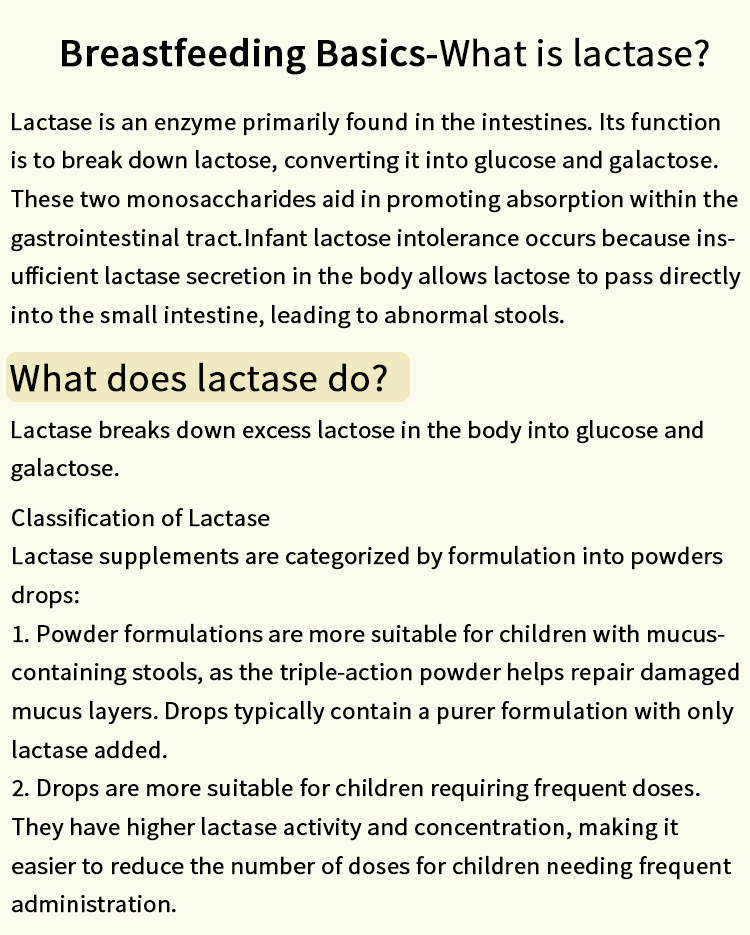In our modern world, the presence of chemicals is ubiquitous, from the products we use daily to the environment we inhabit. While many chemicals serve beneficial purposes, some pose significant health risks to humans. Understanding which chemicals are toxic and how they affect our bodies is crucial for safeguarding our health and well-being. This article delves into the complexities of toxic chemicals, their sources, mechanisms of toxicity, and preventive measures.
The Nature of Toxic Chemicals
Toxicity refers to the degree to which a substance can harm humans or animals. Chemicals can be classified as toxic based on their ability to cause adverse health effects, which may vary depending on exposure levels, duration, and individual susceptibility. Toxic chemicals can be found in various forms, including heavy metals, organic solvents, pesticides, and industrial chemicals.
Common Toxic Chemicals and Their Sources
- Heavy Metals:
- Lead: Often found in old paint, plumbing, and contaminated soil, lead exposure can result in neurological damage, particularly in children. Chronic exposure can lead to cognitive deficits and developmental delays.
- Mercury: Commonly released from industrial processes, mercury accumulates in fish and seafood. Consumption of contaminated fish can lead to mercury poisoning, affecting the nervous system and causing cognitive and motor dysfunction.
- Pesticides:
- Chemicals like organophosphates and carbamates are widely used in agriculture to control pests. However, they can disrupt the endocrine system and lead to neurological issues in humans. Long-term exposure has been linked to various health problems, including cancer.
- Volatile Organic Compounds (VOCs):
- Found in household products such as paints, cleaners, and air fresheners, VOCs can cause respiratory issues, headaches, and long-term damage to the liver and kidneys. Benzene, a common VOC, is a known carcinogen linked to leukemia.
- Phthalates:
- These chemicals are used to make plastics more flexible and are found in numerous consumer products. Exposure to phthalates has been associated with reproductive health issues and developmental problems in children.
Mechanisms of Toxicity
Understanding how these chemicals exert their toxic effects is essential for risk assessment and management. Toxic chemicals can affect human health through various mechanisms:
- Cellular Damage: Many toxic substances can cause oxidative stress, leading to cellular damage and inflammation. This process can initiate a cascade of health issues, including cancer and cardiovascular diseases.
- Endocrine Disruption: Certain chemicals can interfere with hormonal systems, leading to reproductive and developmental problems. For instance, endocrine disruptors like bisphenol A (BPA) can mimic hormones and disrupt normal physiological functions.
- Neurotoxicity: Chemicals such as lead and mercury can damage neurons and disrupt neurotransmitter function, leading to cognitive impairments and behavioral changes.
Preventive Measures and Recommendations
To mitigate the risks associated with toxic chemicals, individuals and communities can take proactive steps:
- Awareness and Education: Understanding the sources and effects of toxic chemicals is the first step toward prevention. Public health campaigns can educate communities about the dangers of certain chemicals and promote safer alternatives.
- Regulatory Measures: Governments play a crucial role in regulating the use of toxic chemicals. Stricter regulations on industrial emissions, pesticide use, and consumer product safety can significantly reduce exposure risks.
- Personal Choices: Individuals can minimize exposure by choosing products labeled as non-toxic or organic, using natural cleaning agents, and ensuring proper ventilation in homes to reduce indoor air pollution.
- Regular Monitoring: For those living in areas with known contamination, regular health screenings and environmental monitoring can help detect early signs of exposure and facilitate timely interventions.
Conclusion
The presence of toxic chemicals in our environment is a pressing public health concern. By understanding the nature of these substances, their sources, and their mechanisms of action, we can better protect ourselves and future generations. Through education, regulation, and informed personal choices, we can reduce our exposure to these harmful chemicals and promote a healthier, safer world. Awareness is the first step toward action, and it is imperative that we remain vigilant in our efforts to combat the hidden dangers of toxic chemicals.





+ There are no comments
Add yours